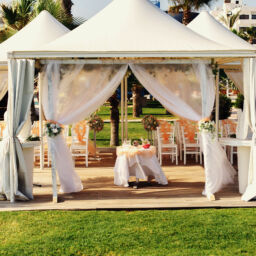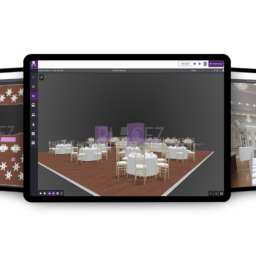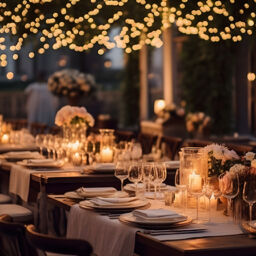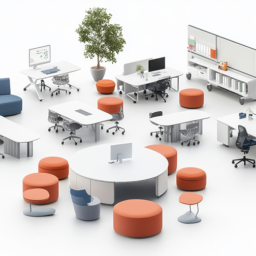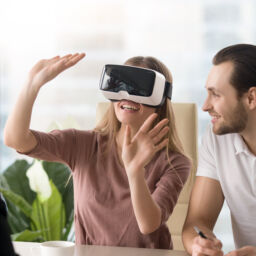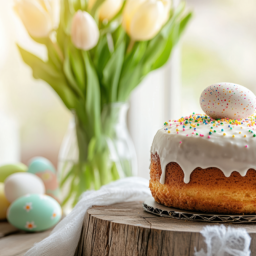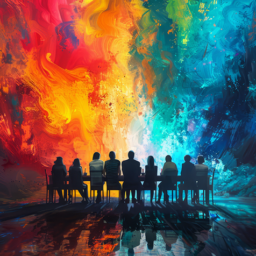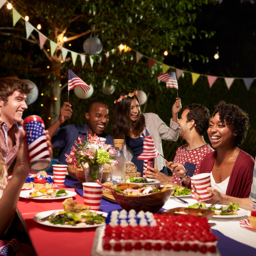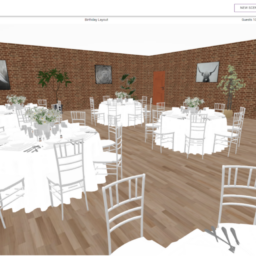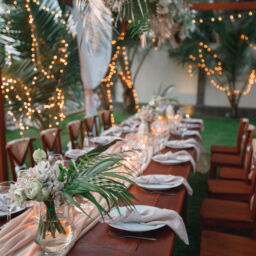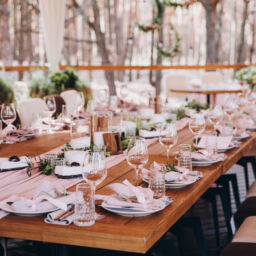Introduction
Today’s events are more than just well-executed timelines—they’re immersive guest experiences, and the most memorable ones often have something extra: a moment of surprise.
Whether it’s a hidden champagne bar, a live musician tucked into a stairwell, or an art installation that appears out of nowhere, surprise elements are the emotional spark that turns a good event into a great one.
But the best surprises don’t happen randomly—they’re carefully planned and placed. With event design tools like Placez, planners can strategically incorporate surprise features into their layouts—maximizing impact without disrupting flow.
Let’s dive into why unexpected design features matter—and how to use them intentionally.
What Counts as a “Surprise” in Event Design?
We’re not talking about gimmicks or last-minute add-ons. In event planning, a surprise element is a thoughtfully designed, intentionally unexpected experience that:
● Breaks up predictability
● Delights the senses or emotions
● Offers guests a moment of discovery
These could be:
● A secret garden lounge hidden behind a curtain
● An unexpected light display mid-event
● A rotating dessert cart no one saw coming
● A photo wall that doubles as an interactive art piece
What makes it a surprise? It’s not overtly announced or expected, but when discovered, it feels magical.
The Psychology of Surprise & Delight
Surprise is powerful—it triggers emotional highs and makes moments stick.
Here’s what happens when you introduce surprise into an event:
✔ Increased attention – Guests refocus, re-engage, and stay present
✔ Emotional peaks – Moments of delight help shape how the event is remembered
✔ Greater shareability – Guests are more likely to snap, post, and tag what surprises them
✔ Stronger brand impressions – If your event is a brand touchpoint, surprise becomes a signature
Surprise is not about chaos—it’s about strategic, joyful disruption.
Popular Examples of Surprise Event Features
Surprise can be scaled to fit any event, from a chic 100-person soirée to a 1,000-guest gala. Here are a few ideas that planners love:
Secret Spaces
● Hidden speakeasy bars
● VIP lounges only accessible through unexpected entrances
Unscheduled Performances
● A string quartet appearing in the courtyard mid-dinner
● Roaming performers or immersive actors
Interactive Installations
● Mood-based lighting walls
● Message or memory walls guests can contribute to
Mobile or Pop-Up Moments
● A retro dessert cart that rolls out during the dance break
● Coffee stations that appear after speeches
The best part? These features create conversation starters, photo ops, and emotional anchors.
Designing for Discovery and Engagement
A surprise doesn’t have to be shocking—it should be delightfully discoverable.
How to Guide Discovery:
✔ Use subtle signage, lighting cues, or directional flow to lead guests
✔ Allow organic discovery without overwhelming them
✔ Keep elements visible from certain angles but slightly obscured at first glance
✔ Time surprises for natural lulls or transitions in the event
Done well, a surprise becomes a natural rhythm in the event’s story—not a disruption.
Strategic Placement for Maximum Impact
Placement matters. The location of your surprise feature should complement the flow and function of the event.
Where to Place Surprise Elements:
● At transition points (e.g., between cocktail hour and dinner)
● In underused corners to encourage exploration
● Near rest areas, lounges, or scenic paths
● As reveals: behind drapes, through mirrored hallways, under timed lighting
Using a layout tool like Placez lets you map these elements in advance—testing how they impact crowd movement, vendor zones, and guest sightlines.
Layering Surprise with Functionality
Surprise is great—unless it disrupts service. Make sure your wow moment works in tandem with your logistics.
Key Tips:
✔ Don’t block major pathways or F&B stations
✔ Ensure your surprise won’t cause bottlenecks (Placez can help test this!)
✔ Align with staff so they can prep, maintain, or reveal the element seamlessly
A great surprise is both magical and manageable.
Conclusion
Surprise is more than fun—it’s a powerful design tool. When done right, it transforms ordinary events into unforgettable ones, leaving guests delighted, engaged, and eager to share.
With platforms like Placez, planners can visualize where and how these experiences come to life—ensuring that the unexpected feels effortless and unforgettable.
Because in event design, sometimes the most memorable moments… are the ones no one saw coming.
Frequently Asked Questions (FAQ)
1. What makes a design element a “surprise”?
A surprise element is unexpected, intentional, and delightful—from secret lounges to impromptu performances—designed to re-engage guests mid-event.
2. Do surprises work for formal or corporate events too?
Absolutely. Even subtle surprises (like a surprise espresso bar or digital light art) can create emotional engagement without feeling informal.
3. How do I keep surprise elements from interfering with flow?
Use layout planning tools like Placez to test sightlines, guest flow, and spacing before the event. Keep surprises functional and strategically placed.
4. How many surprise elements should I include?
One or two well-timed surprises can be far more effective than overwhelming the event with too many. Quality > quantity.
5. Can Placez help with planning surprise features?
Yes! Placez lets you map and visualize custom installations or zones—helping you design seamless moments that surprise without causing disruption.

